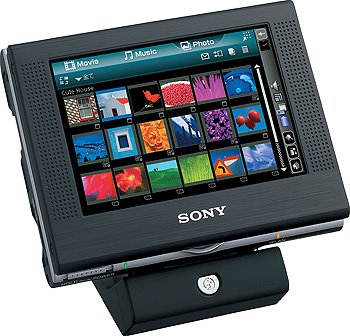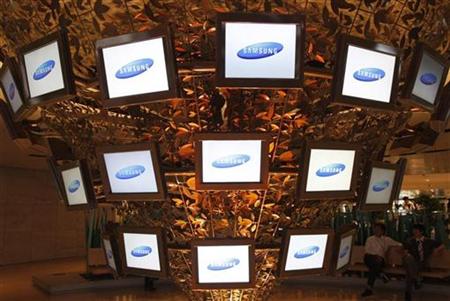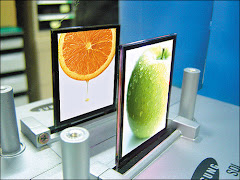 FED - FIELD EMISSION DISPLAY TECHNOLOGY
FED - FIELD EMISSION DISPLAY TECHNOLOGY
THANKS FOR VISITING OUR BLOG! PLEASE CLICK HERE TO SEE OUR QUICKER LOADING BLOG THAT'S IN BETA STAGE!
ALSO WATCH FOR OUR CONTESTS FOR GREAT PRIZES COMING IN 2009!
Just when you thought Flat Panel Display (FPD) HDTV technology & all its related acronyms couldn't get any more complex, with an entire host of technology available today, such as CRT (Cathode-Ray Tube), LCD (Liquid Crystal Display), Plasma (PDP), OLED (Organic Light- Emitting Diode), DLP (Digital Light Processing), SED ( Surface-Conduction Electron Emitter Display), LCOS ( Liquid Crystal on Silicon), 3DTV, & Laser TV, Sony & Motorola have just recently announced plans to roll-out their latest creation, the FED - Field Emission Display TV, set for a 2009 release date to be annnounced.
So then, what is FED? FED was first invented in the 1970's as an alternative to CRT technology and is now making a come back in a big way. Field Emission Displays (FED) is similar in technology to SED but it utilizies a grid of carbon nanotubes working within a vacumn like a CRT which phosphors, but it is a much thinner profile display, similar to what OLED is now. The nanotubes emit electrons which in turn excite a phosphorescent material which light up to create the image on the screen.
This lends itself therefore to a very thin, low power consumption, energy-efficient, super-sharp, high definition image, impressive contrast ratio of 20,000:1, ultra wide angle of vision, short response time, plus they are easier to manufacturer than the latest OLED displays at this point in time. FED uses much less power than a plasma display for example since plasma displays generate light in a three step process that requires a gas to be ionized. Which then emits ultra-violet light that in turn stimulates a phosphor on a glas surface which then produces the visible light we then see. FED stimulates the phosphors directly with electrons that are emitted by the carbon nanotubes (CNT) hence leading to less power consumption by eliminating this power hungry ionization step. The main element of the carbon nanotube field emission display (CNT-FED) television is the field-emission cathode which works by combining the principles of quantum tunneling similar to a traditional lightning rod.
Similar to a regular CRT, a cathode emits electrons however FED does not rely on the heating of the cathode to boil off the electrons. In field emission, the cathodes are tightly packed along with their supporting electronics without the entire display overheating. The cathodes can therefore be placed in close proximity to the glass face of the display screen. So instead of one electron beam to address a pixel such as in a CRT, the CNT-FED allows each pixel its own electron beam. This means that even with 20% of the emitters failed you cannot see any dead pixels.
So with the inherent flaws in current display technology for HDTV many researchers are now looking towards carbon nanotubes to create this new class of large area, wide-screen, ultra-high resolution, low cost flat panel displays. FED however may have some issues with screen flicker like a traditional CRT but with the 24 to 240 frames per second refresh rate this most likely is be due to be affected by the sync between ambient fllourescent light and the screen frequency.
Models up to 30" with full HDTV features and support are expected to be released in 2009. Pricing is said to be cheaper to manufacture than LCD's due to less components.
copyright oledevices - 2008 - all rights reserved


































































































